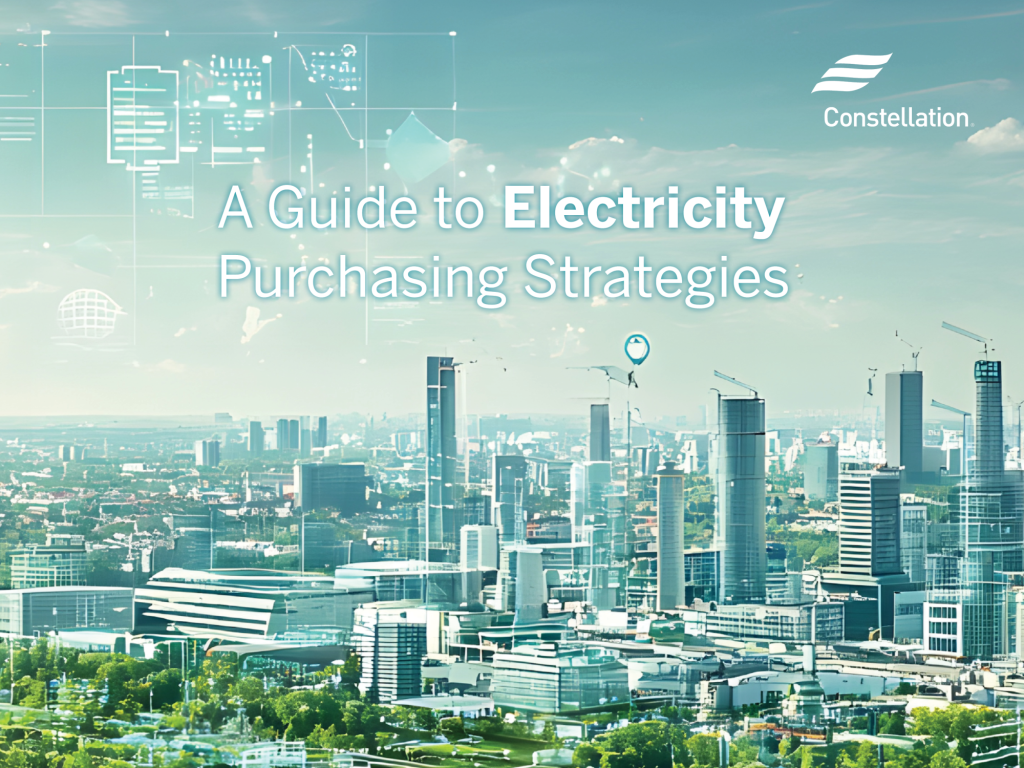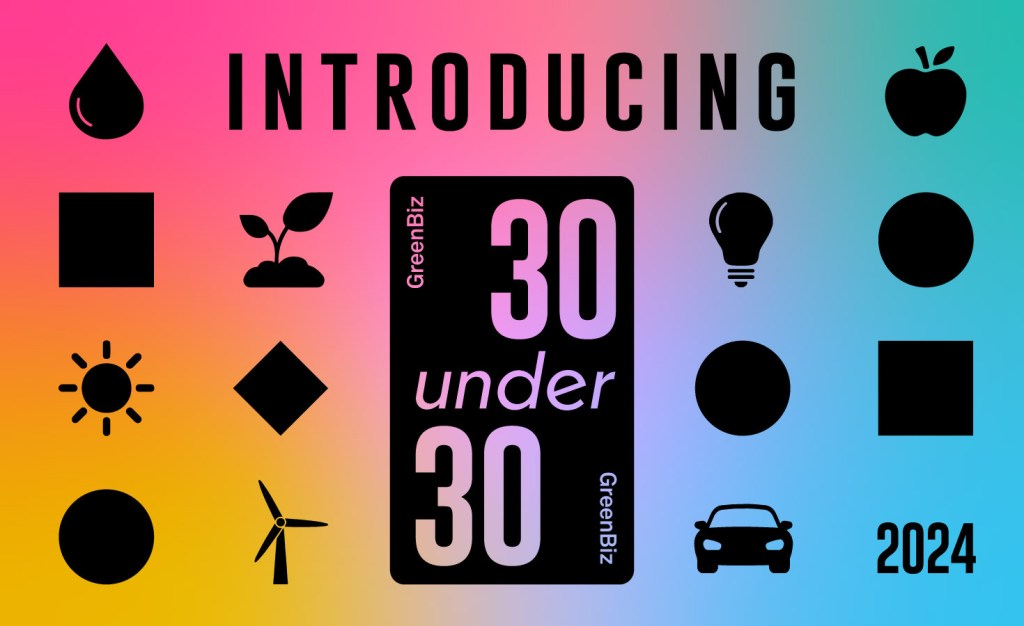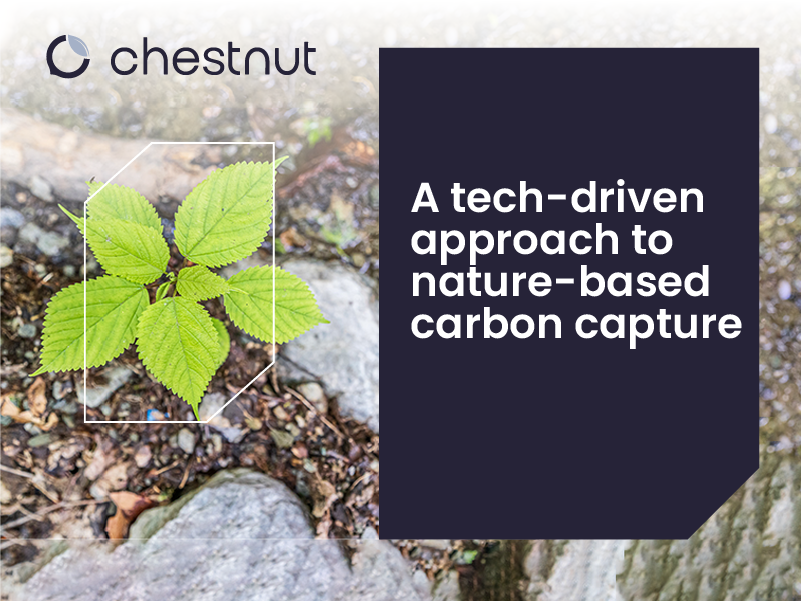Committing to climate-positive project finance
As companies embark on ambitious plans, they will require significant amounts of internal and external capital to finance and fund programs that bundle a wide range of energy efficiency and clean energy measures together. Read More

The world of project finance has a distinct opportunity — and responsibility — to commit its expertise and resources to climate-positive investing and to ensure that it’s doing our part to decarbonize the built environment.
As an industry, we must recognize the urgency of the climate crisis and quickly act to put forward enduring, sustainable energy investment structures as well as programmatic financing solutions designed to enable businesses, schools and hospitals to decarbonize their operations.
Carbon-neutral — and even carbon-negative — operations are becoming the new baseline across campuses and corporate facilities alike. Companies are forging ahead and committing to carbon-neutral operations; some have plans on how they will fund it, but many don’t.
A growing list of major companies — including Anheuser-Busch, General Mills, Danone, L’Oréal, Microsoft, Timberland and Walmart — have even set their sights on moving beyond net-zero impacts to having a regenerative effect on the natural environment.
As companies embark on these ambitious plans, they will require significant amounts of both internal and external capital to finance and fund programs that bundle a wide range of energy efficiency and clean energy measures together. Project finance can play an important role by making climate-positive investments that adhere to the following tenets:
- Prioritize funding projects that reduce direct emissions (Scope 1) within a customer’s operations and built environment. Once direct emissions have been addressed, investments should move on to address electricity supply (Scope 2) and indirect emissions (Scope 3). Financing should be sequenced so that investment flows first to the implementation of comprehensive onsite energy efficiency and renewable energy upgrades at a customer’s own facilities. Once these investments are made, the focus should shift to procuring renewable energy supply to reach carbon neutrality. Mitigating indirect emissions is next and should involve financial programs designed to improve the sustainability of a company’s supply chain, potentially including a credit backstop from the company itself to facilitate downstream funding.
- Offer programmatic financing solutions that add scale and speed to clean energy upgrade projects across a portfolio of facilities. Aggregating upgrades at customer sites in different geographic regions can increase the scale and accelerate the pace of carbon abatement. Sustainable energy as a service (SEaaS) is one financing solution rapidly gaining traction. Under this approach, a third-party developer finances and owns a mix of energy efficiency and renewable energy upgrades for a single customer across a portfolio of sites. Ongoing service charges are based on measured energy savings or renewable energy generation. Bundling sites with a mix of shorter and longer paybacks can remove location-specific barriers associated with sites in lower utility rate regions that otherwise might limit the scope of what can be accomplished. Research firm Guidehouse estimates the market to finance clean energy upgrades using this “as a service” approach could reach $27 billion by 2029.
- Provide a range of solutions that meet corporate requirements for capital expenditures, accounting treatment and outsourcing or direct control of assets. Depending on internal resources (both technical and financial), customers can tap into different types of financing, ranging from issuing green bonds to third-party financing solutions such as power purchase agreements (PPAs) and the implementation of larger-scale projects via public private partnerships (PPPs).
- Finance projects that bundle sustainable energy technologies (energy efficiency, renewables and electric vehicle charging infrastructure) with varying economic profiles. Financial engineering can maximize potential emission reductions by blending the paybacks of energy efficiency and clean energy upgrades into a single investment. For example, adding quick payback efficiency upgrades alongside a longer payback solar PV investment could increase environmental gains, shorten financing terms and lower a customer’s annual payments.
- Incorporate carbon reduction into the metrics by which project investments are evaluated. Environmental value needs to be integrated into investment decision-making processes. Alongside a traditional project cash flow pro forma, investors should provide customers with a cost-per-ton of avoided CO2 that results from a mix of efficiency and clean energy upgrades. Those avoided emissions also should be evaluated within the context of a company’s stated CO2 reductions. Increasingly, project financing solutions also will need to provide ongoing performance measurement that tie to and are integrated within science-based targets.
Committing to climate-positive investments shouldn’t be a radical idea. It is profitable from both a micro and macro level investment perspective. If a project emits more carbon than it saves, it not only harms our planet for generations to come, but it also carries a huge, long-lasting economic cost.
In the last five years alone, the U.S. has experienced more than $500 billion in losses directly from climate-fueled weather disasters. Climate change, however, also represents the largest single investment opportunity of the 21st century. The Ceres Clean Trillion initiative highlights the need for an additional $1 trillion per year in clean energy investment to limit global temperature rise to below 1.5 degrees Celsius. These investments not only will combat climate change but carry attractive returns for investors and large-scale economic gains for businesses, schools, hospitals, cities and states.
The time is now to establish industry standards for climate-positive project finance; it is better for the environment and better for the bottom line. We can’t afford to wait, and the market is more than ready.













